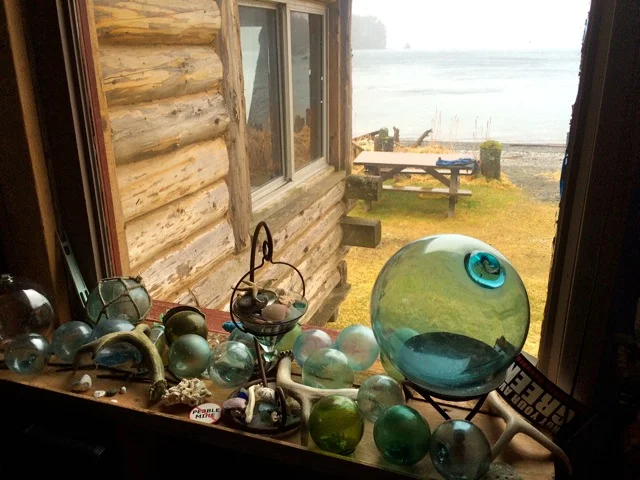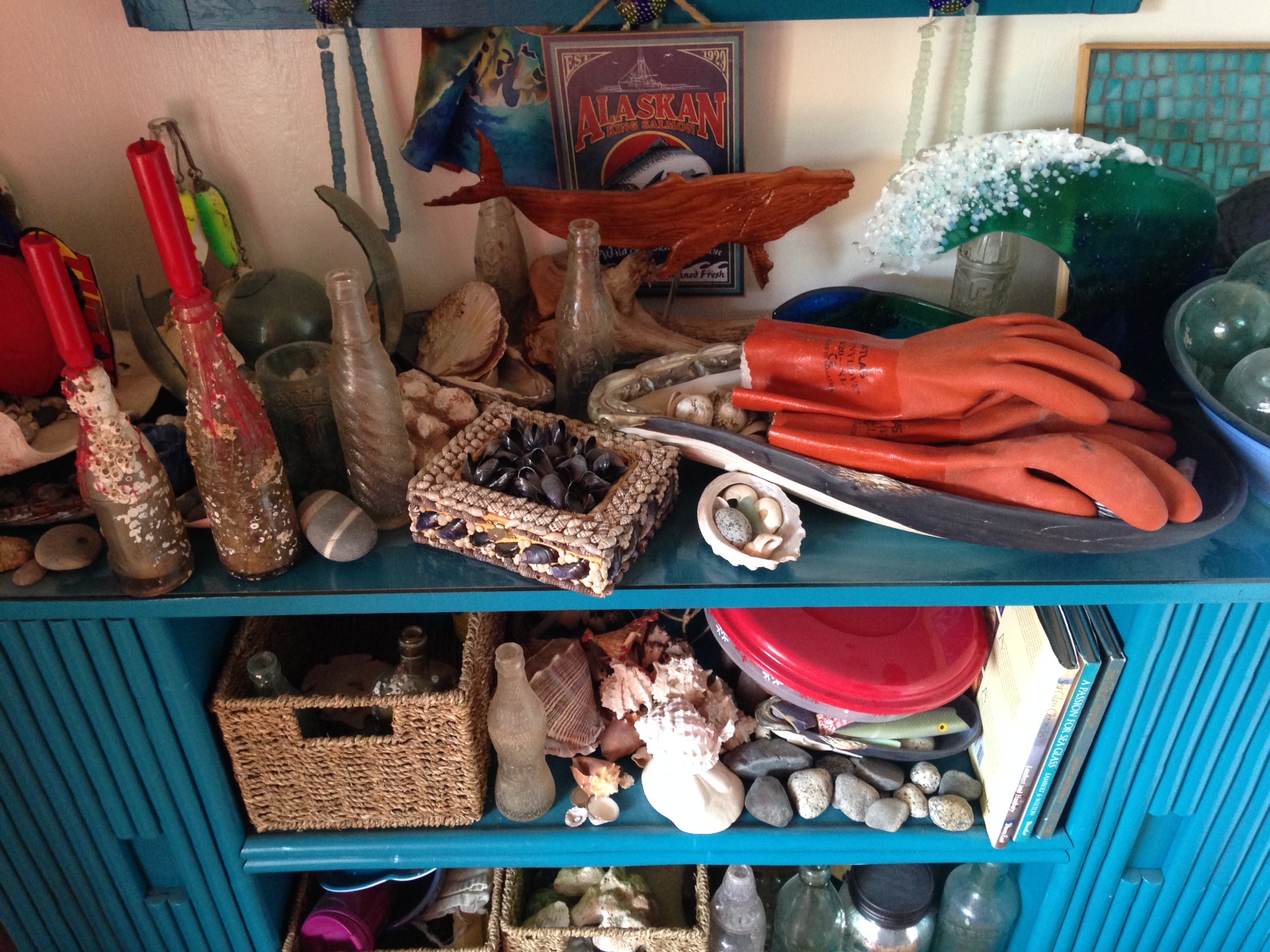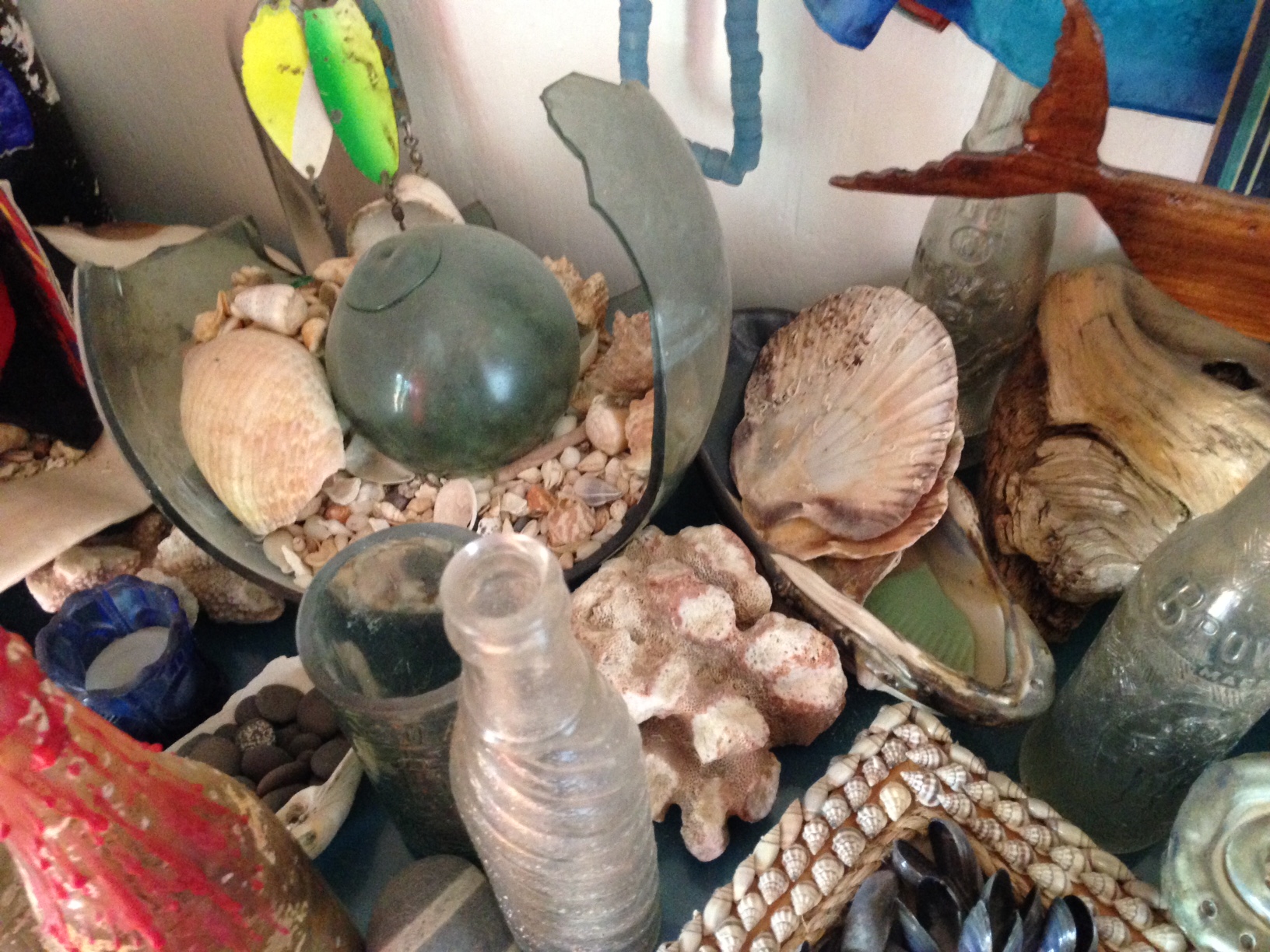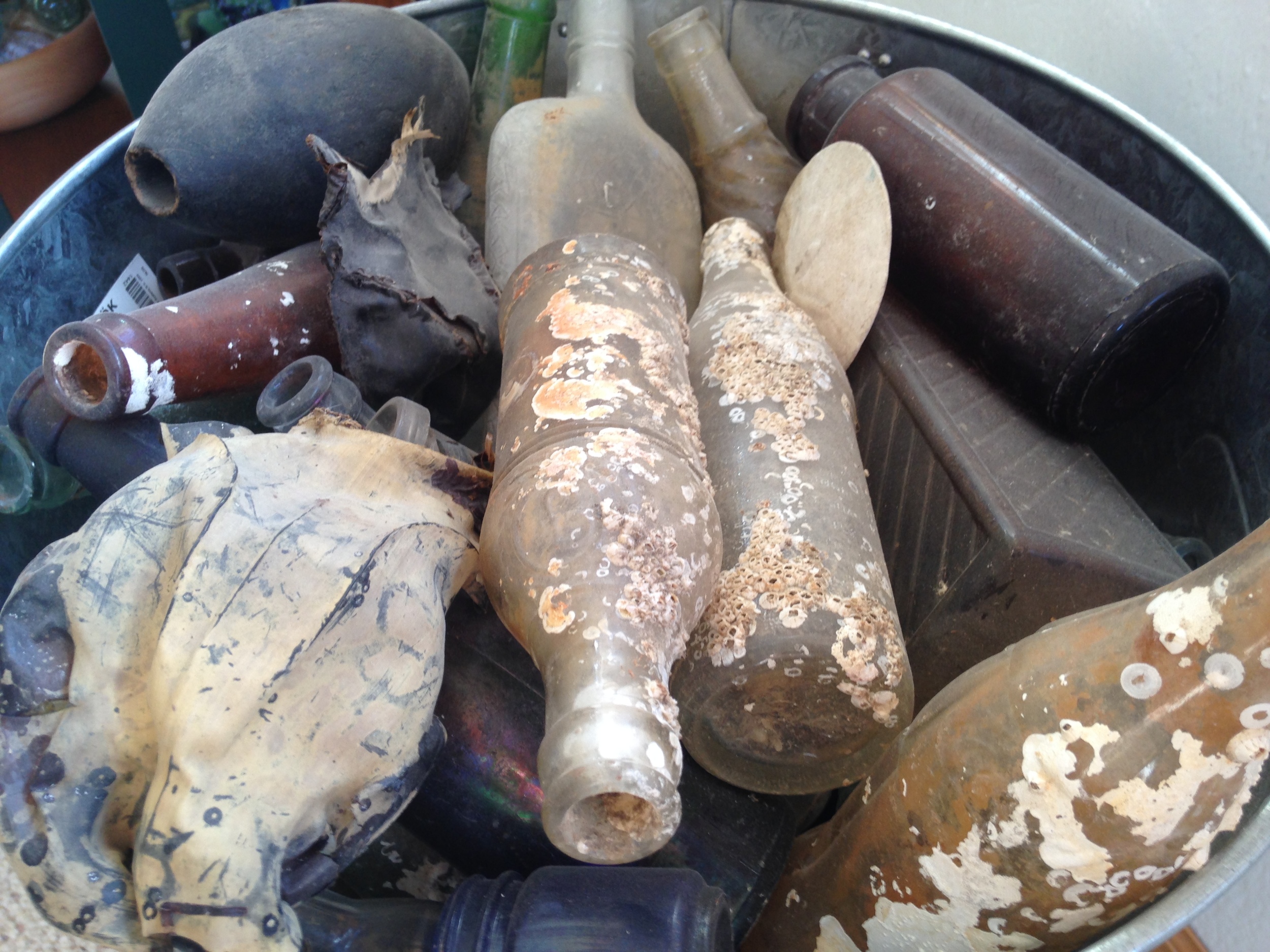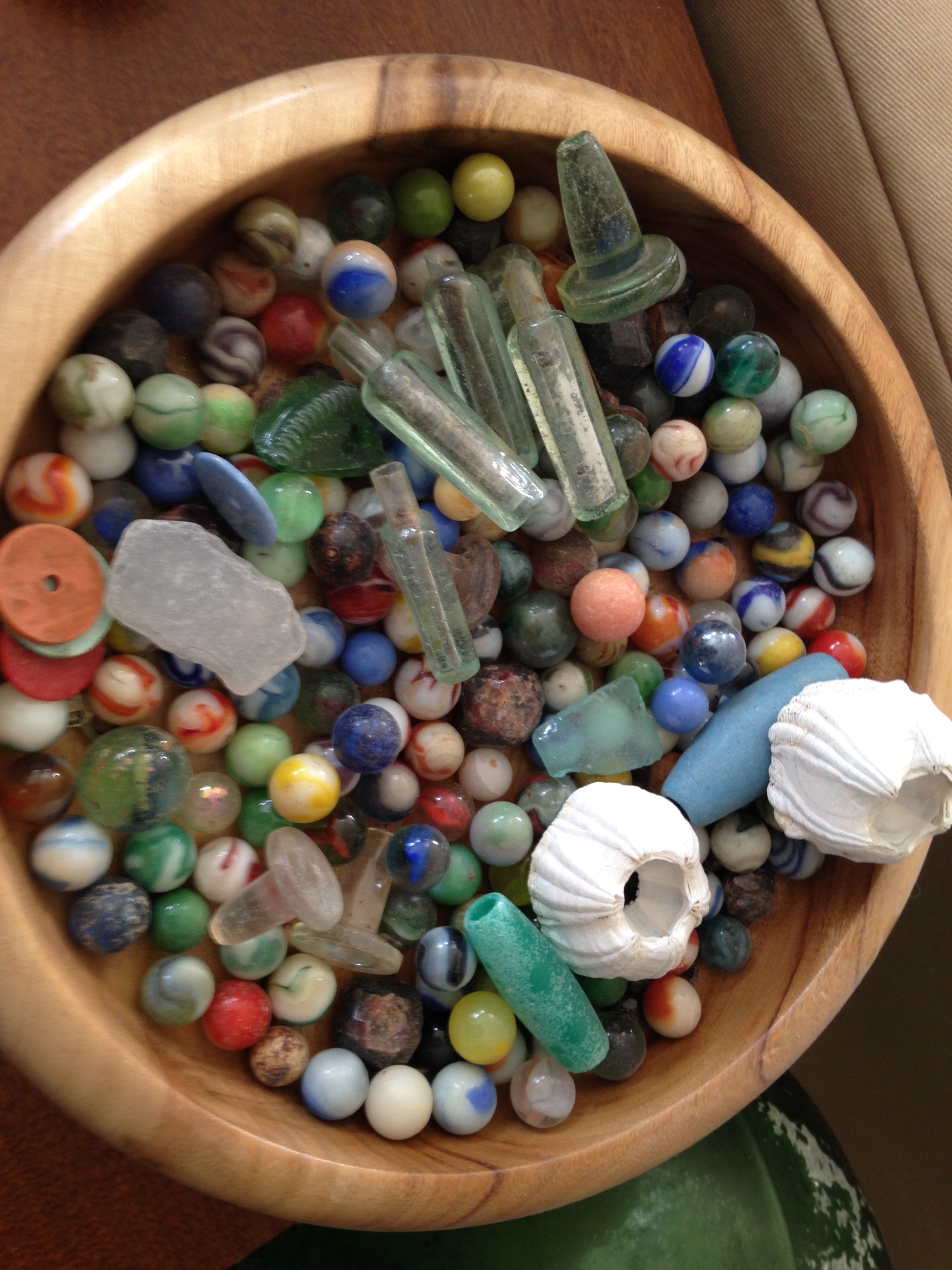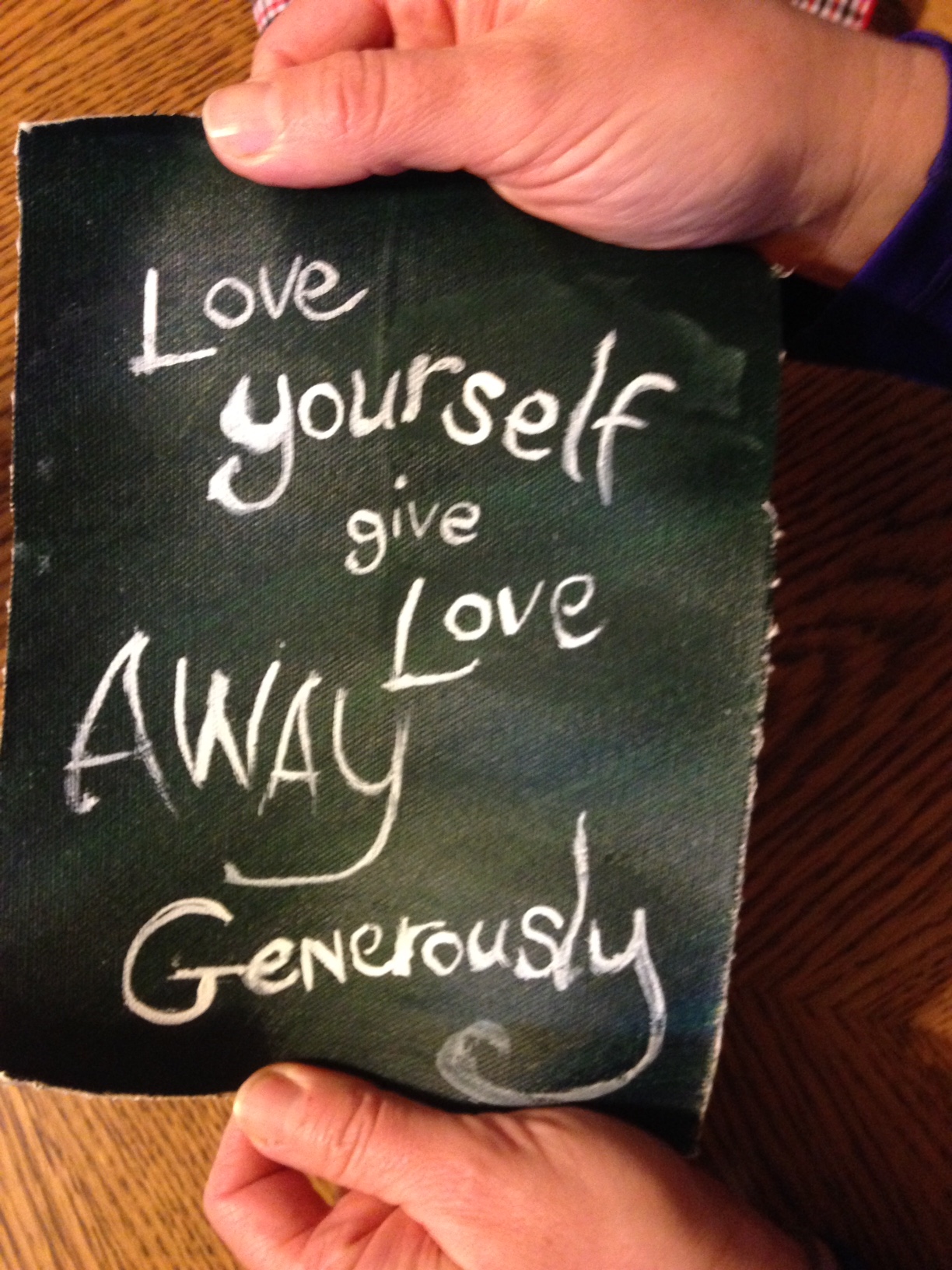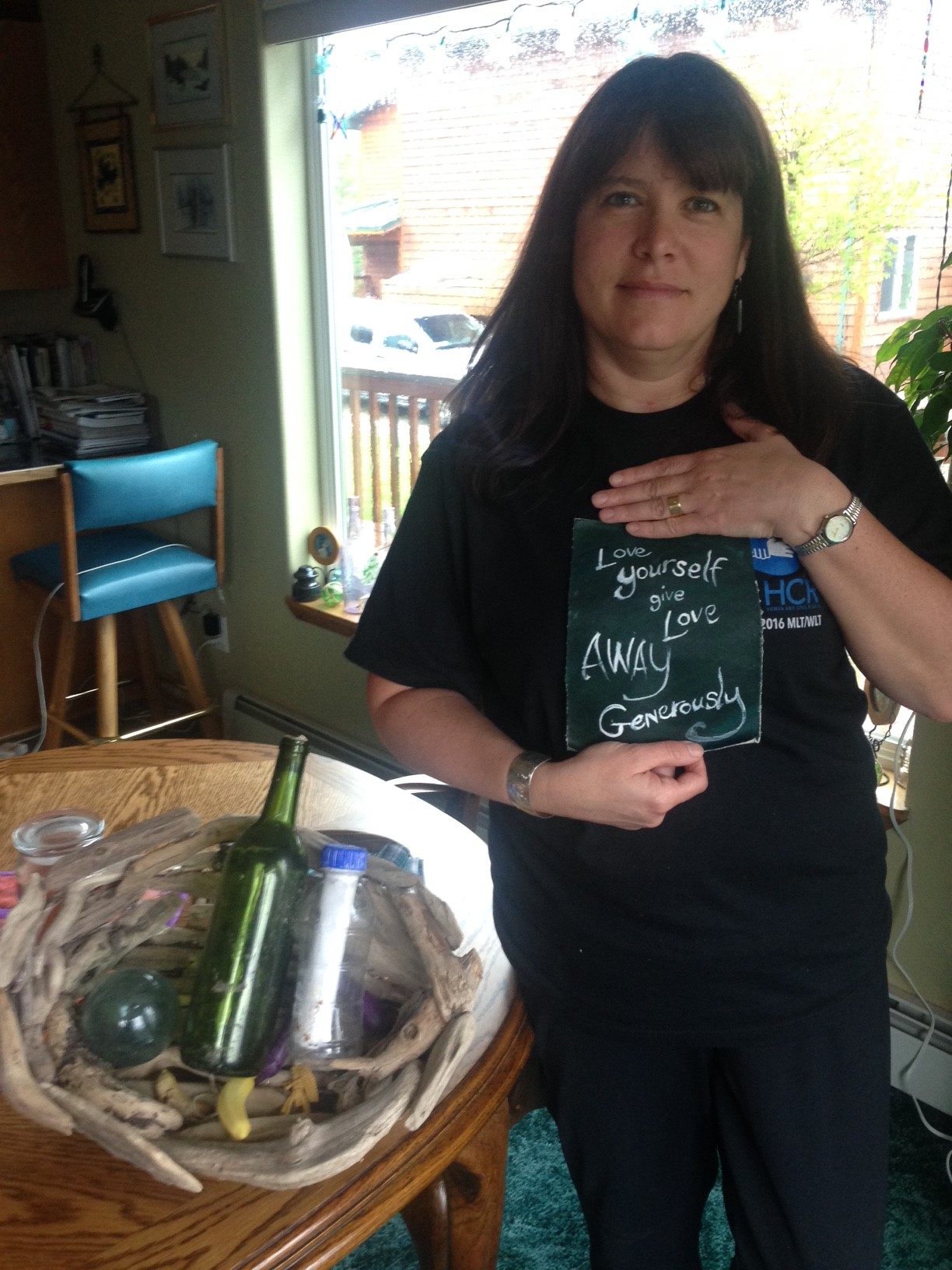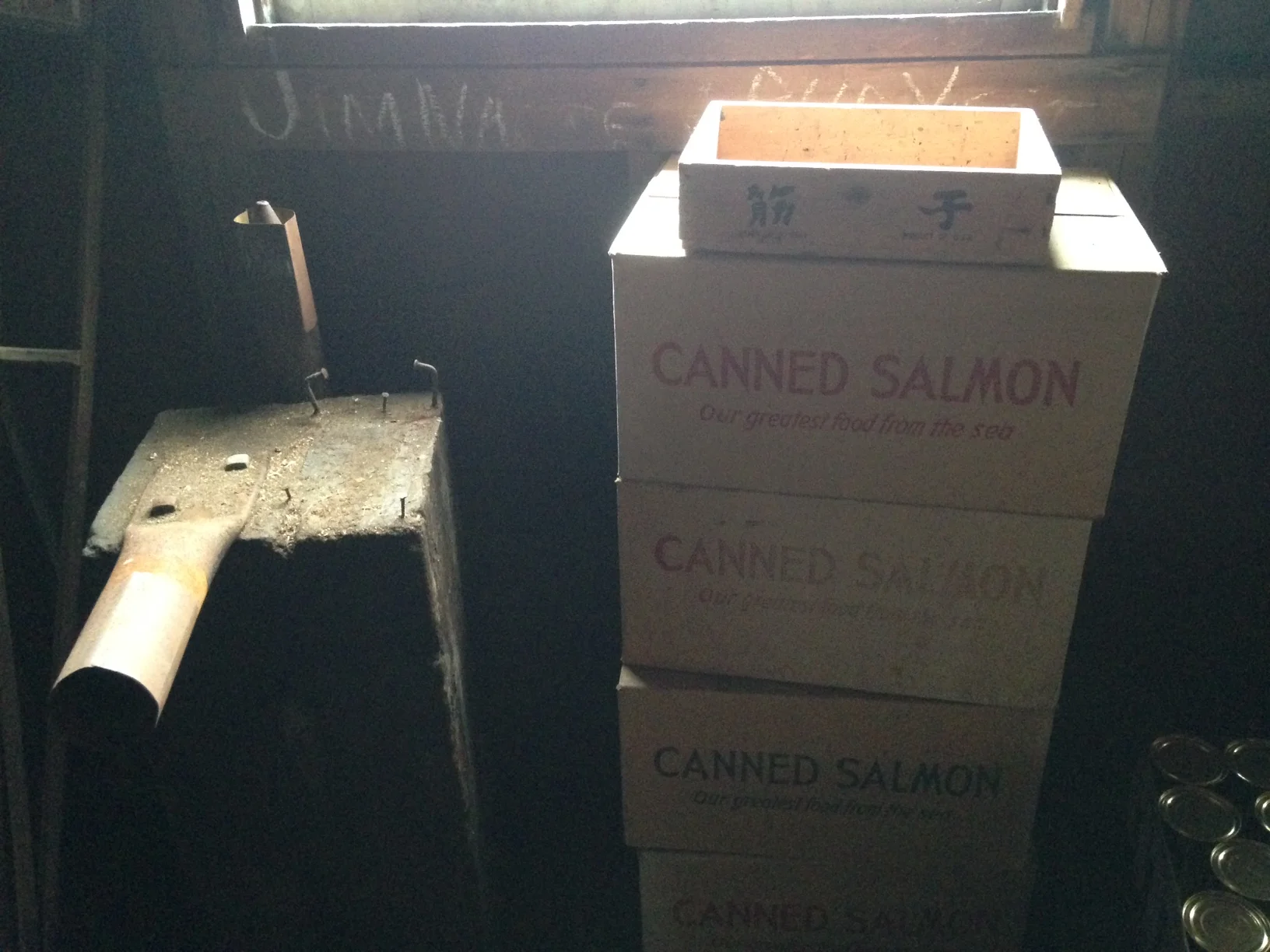Note: This article was originally published in Pacific Fishing. To learn more about the establishment of the Karluk Reservation, listen to the Way Back in Kodiak episode, Corked at Kaluk.
In 1943, Alutiiq people from the village of Karluk became owners of a portion of the Shelikof Strait, the expanse of water that separates the Alaska Peninsula from Kodiak Island. That year, Secretary of the Interior Harold Ickes created the Karluk Reservation, granting Karluk Natives ownership of a 35,000 acre reservation and the liquid real estate that abutted the reservation’s 15 miles of coast line, out to 3000 feet into the Shelikof. Karluk villagers were thus granted control over the waters adjacent to very productive fishing grounds, including the historically immense salmon runs of the Karluk River.
Karluk villagers were granted these fishing grounds because it was from this resource that they derived their livelihood. Moreover, competition from purse seiners and fishing crews from Outside made it difficult for local beach seiners to make a decent living from the fish that their families had been harvesting for thousands of years. They were constantly being corked. The Bureau of Indian Affairs worked closely with the Karluk villagers to petition the Secretary of the Interior for the reservation, hoping that it would improve the quality of life in the village.
After the reservation was created, regardless of the fact that the villagers could control who accessed the fish, they didn’t have the equipment necessary to harvest or process the fish. Most Karluk fishermen were cannery fishermen- that is, local canneries outfitted them with gear and supplies. And Alaska salmon canners were not about to surrender control of Karluk salmon or allow the inclusion of waters in Native reservations without a fight.
A.K. Tichenor, president of the Alaska Packers Association (A.P.A.), quickly issued instructions to the cannery superintendent responsible for Karluk fishing operations.
“Nothing must be done… which may constitute any recognition on our part that the Karluk Indian Reservation is valid or legal or anyone has any rights in connection with our property. It is important therefore that we continue our fishing operations as we did last year, hiring the Indians as our employees, furnishing them with our gear, and letting them use our beaches to catch our fish for us. ”
Other Kodiak-area canneries told their purse seiners to ignore the bounds of the reservation. Some seiners purchased the fishing licenses that the Karluk tribe issued, but many just corked the village beach seiners. Staff of the US Fish and Wildlife Service viewed the whole matter with both suspicion and disdain- they didn’t believe that social well-being should be a consideration in the management of Alaska’s fisheries. However, there was little that they could do in the matter, considering that the Secretary of the Interior was their big boss.
The canners rallied to combat the Karluk Reservation, organizing a test case to question the validity of including waters in reservations. They argued that it was illegal to do so, as it limited access to the fisheries commons. What seemed to be a local argument over access to fishing grounds turned into a U.S. Supreme Court case. Hynes v. Grimes Packing Co. was heard in front of the Supreme Court in 1949. The Court determined that it was permissible to include waters within reservation holdings. However, tribes could not limit access to those waters in any way. Without controlling access to the fishing grounds, the economic benefits were rendered moot.
Yet the unspoken truth to the matter was that access to the Karluk fishery had been limited for decades before the creation of the Reservation. Access was granted to those who had the means to own nets, to own boats, and directly limited by the cannery superintendents who determined who fished on which beaches. It wasn’t until Alaska became a state that social and economic considerations impacted the formulation of fisheries policy. In my opinion, we still have a long way to go this regard.
